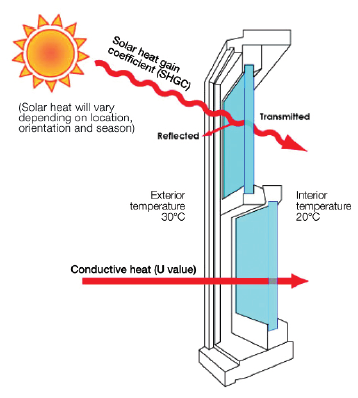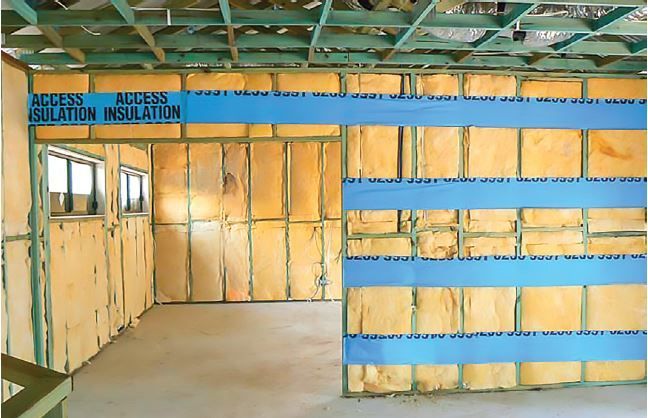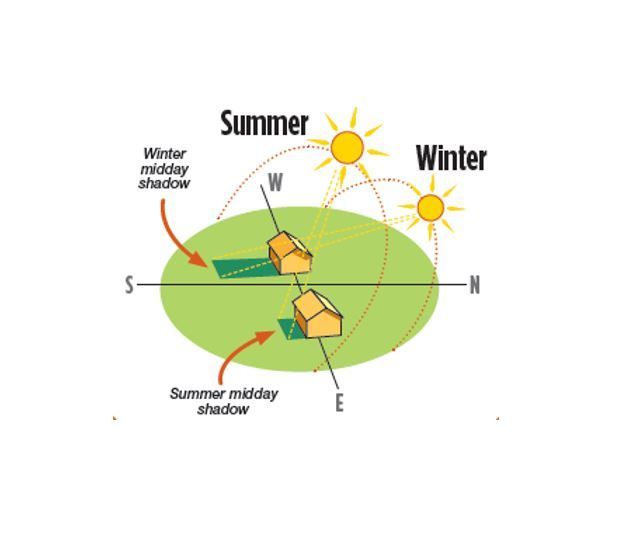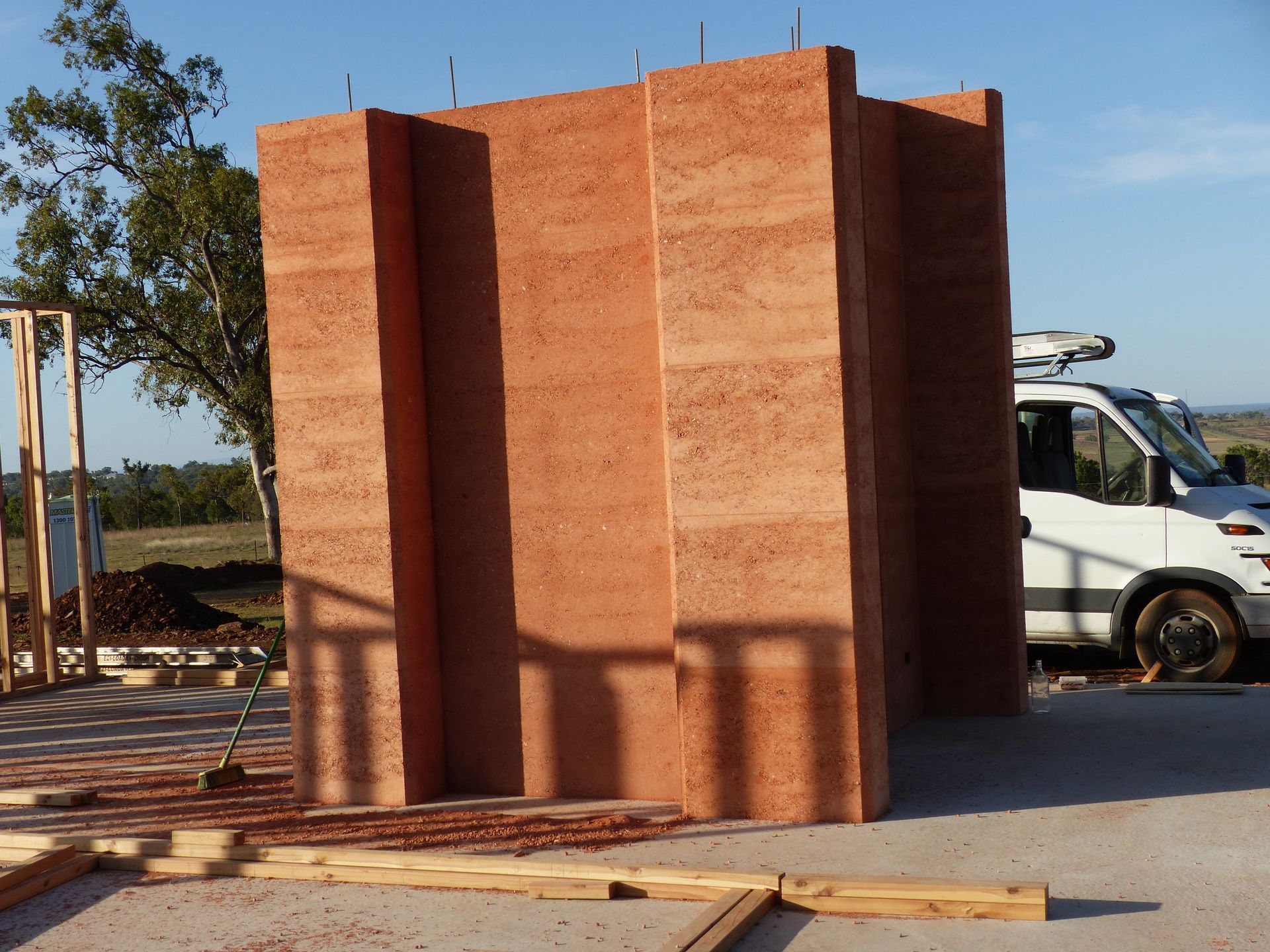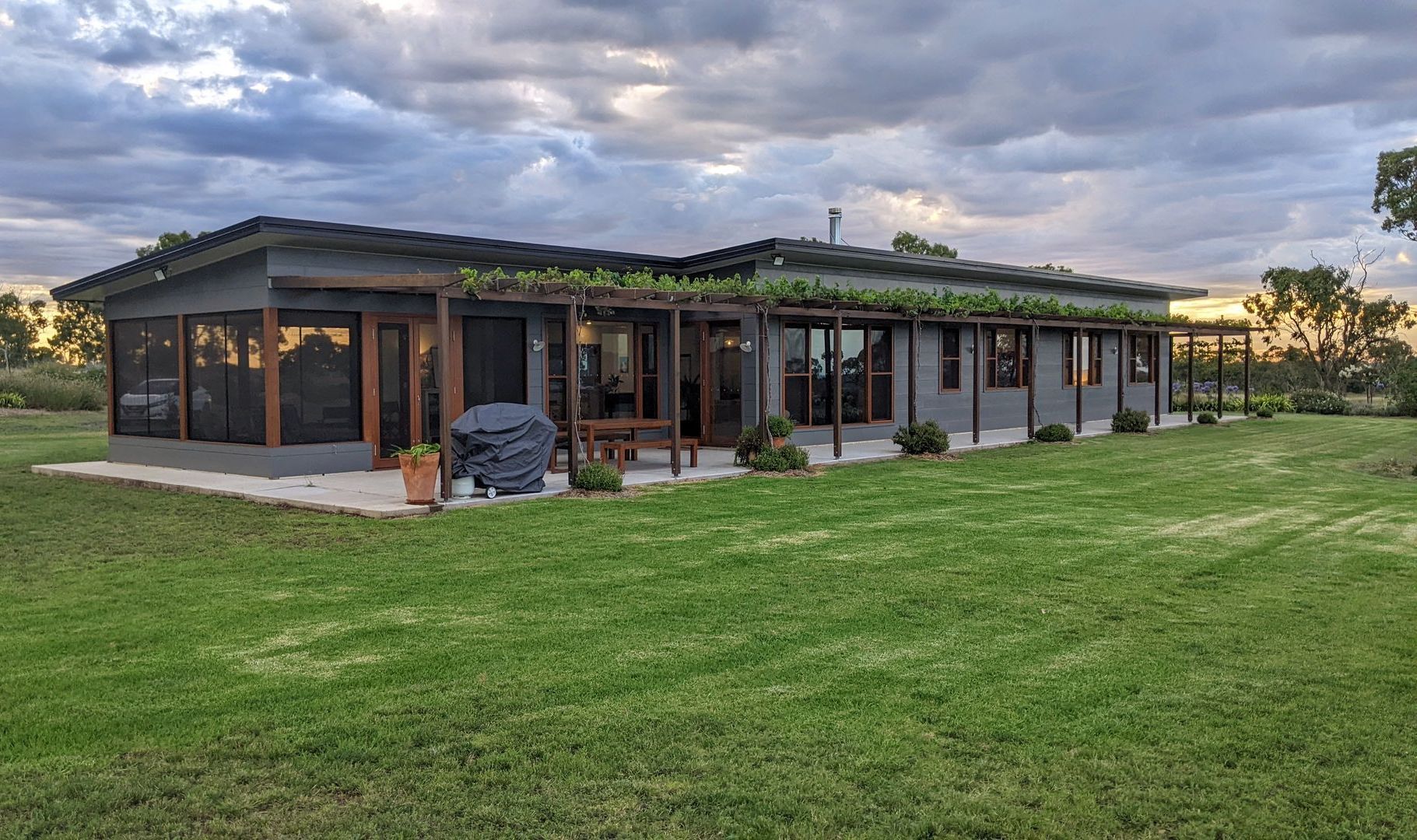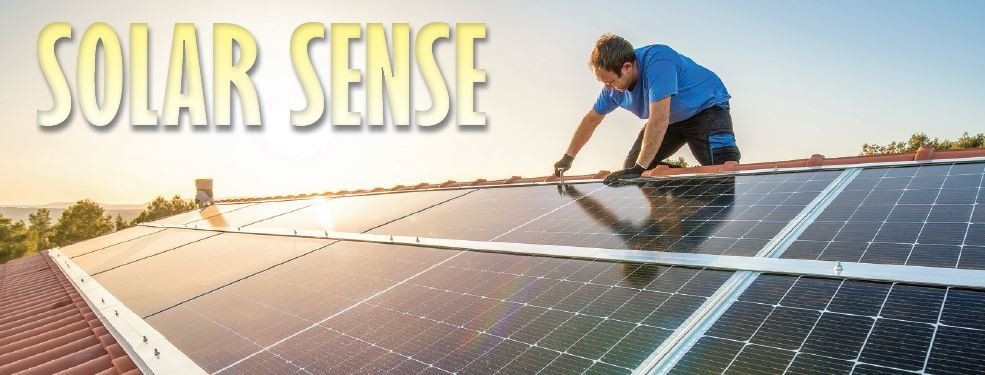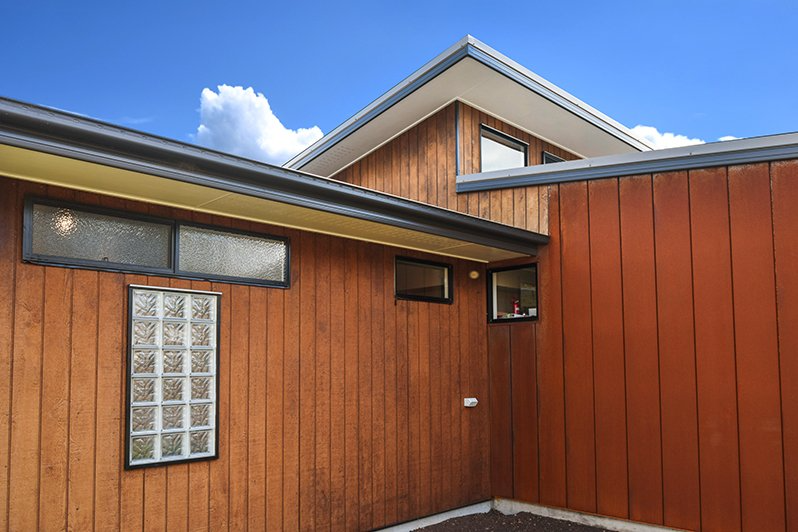What is Climate Zone 5? And how you can make it work for you
Last month in our Style Magazine article I suggested we select one of the local climate zones and go into greater detail as to the design alternatives available to make your home more comfortable all year.
Climate Zone 5 (Warm Temperate) is scattered across Australia, and in Queensland it includes the Toowoomba Regional Council area, the Southern Downs Regional Council area, and the South Burnet Regional Council area. These council boundaries don’t exactly reflect the climate zone, but it does give us a basic framework to work with. Think of a region that basically follows the eastern edge of the Great Dividing Range.
Working within Climate Zone 5 for most of my building career, I have been able to try many varied methods and materials to improve the comfort of the homes we build.
We have already discussed the basics of Orientate, Insulate and Seal but certain characteristics of climate zone 5 give us greater opportunities to passively condition our homes. The moderate to high diurnal temperature range can be used to take the warmth of the day in winter to warm those cold nights and the cool night temperatures in summer can be used to reduce the heat of the following day. Fortunately for those who live in Climate Zone 5, this is very simple and cost effective.
In the initial design, the home needs to be positioned to open up to the northern winter sun — and have sufficient shading to exclude the summer sun, especially in the afternoons. Careful attention should also be placed on the location of rooms within the home for the best outcome. This winter sun will warm the central thermal mass of your home and that thermal mass will continue to warm your home throughout the night.
The reverse also works in the summer as the sun moves higher in the sky during spring.
The same glass that lets warming light into the home in winter is now shaded by roof overhang positioned above this glass, and these windows or doors help ventilate your home.
Readers of this column would remember me talking previously about the wonders of PMS —‘Phase Change Materials’. Our Climage Zone 5 diurnal temperature range also works well with Phase Change Materials. These PCMs use the power embodied in the phase change of materials to actively absorb and release heat. These ‘phase changes’ help to maintain constant and comfortable internal building temperatures. PCM shifts the warmth of the day into the night and the cool of the night into the day, all the while passively striving for constant room temperature.
Next month we will select another of the local climate zones and examine the individual climate characteristics.
If you would like to know more about Phase Change Materials and how they work to moderate your home’s temperature, call us to arrange a time to visit me at my Design Centre at 20 Stradbroke Street, Toowoomba.
— Geoff Gibson
Contact Us
